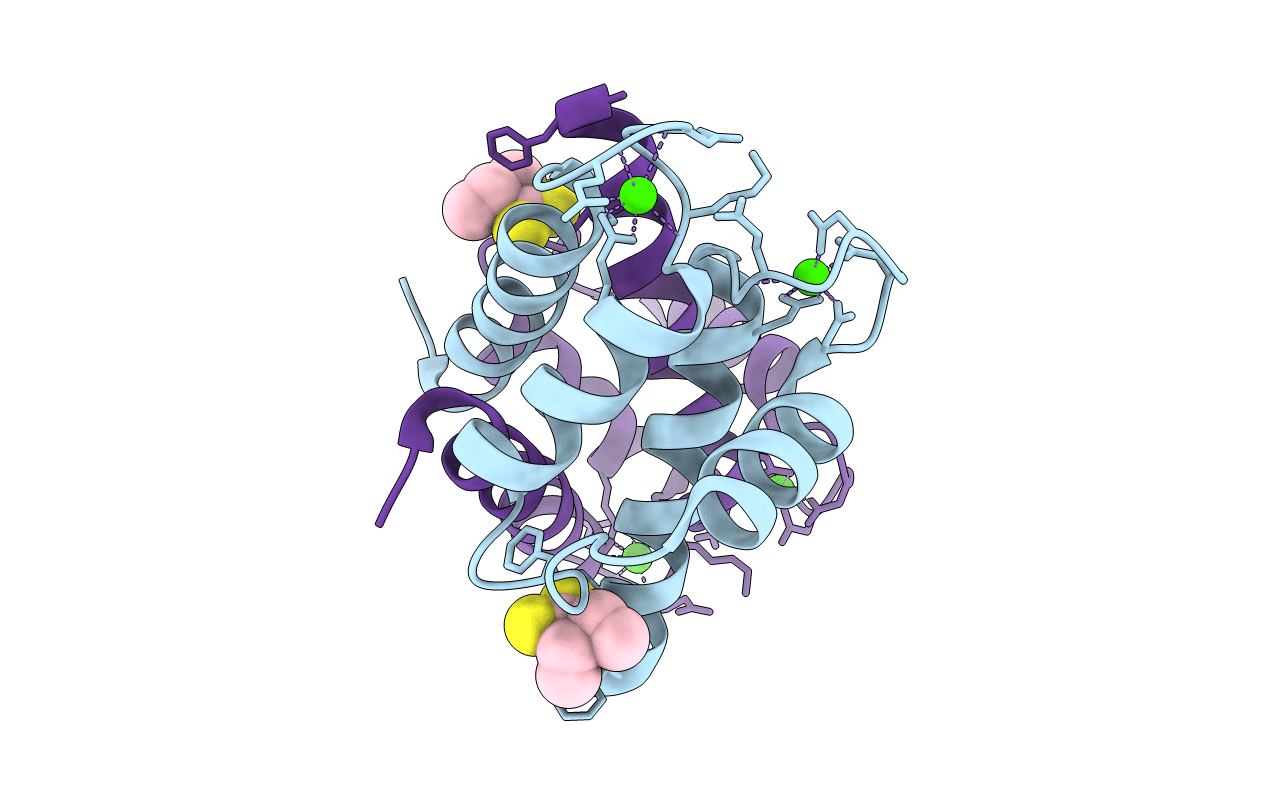
Deposition Date
2014-04-22
Release Date
2014-10-15
Last Version Date
2024-10-23
Entry Detail
PDB ID:
4PE1
Keywords:
Title:
Crystal Structure of Calcium-loaded S100B bound to SC124
Biological Source:
Source Organism:
Bos taurus (Taxon ID: 9913)
Host Organism:
Method Details:
Experimental Method:
Resolution:
1.58 Å
R-Value Free:
0.25
R-Value Work:
0.21
R-Value Observed:
0.21
Space Group:
P 1 21 1


